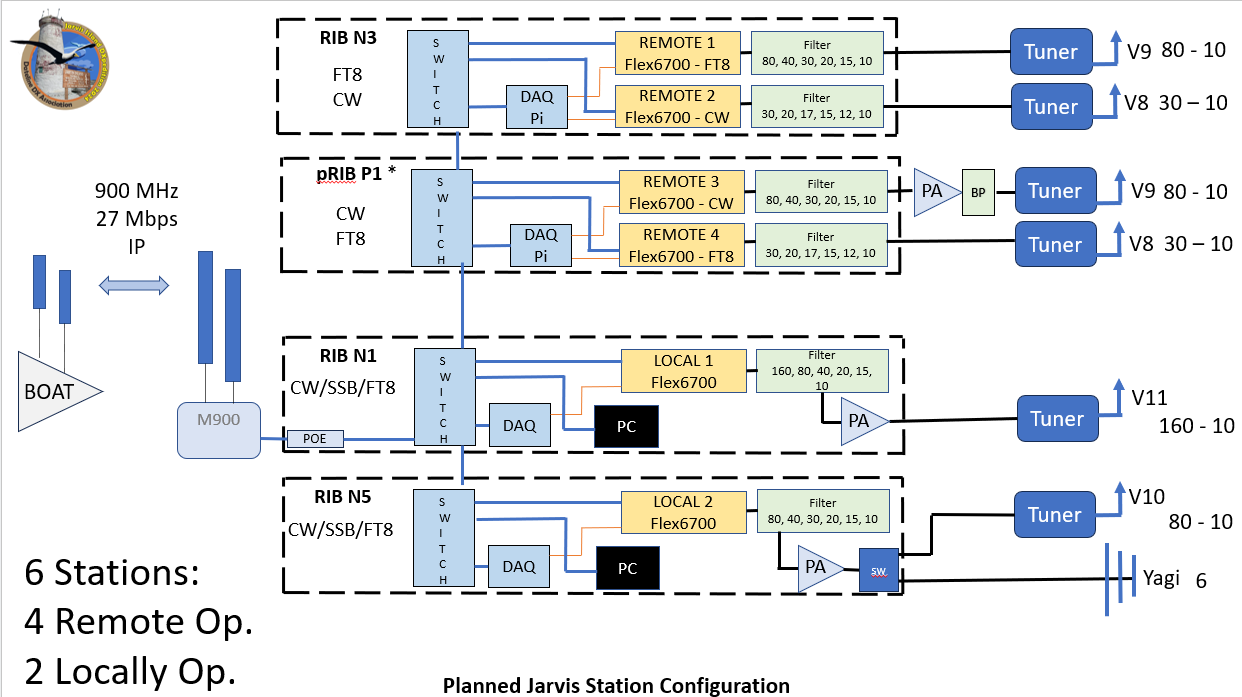The K8R team has now spent 6 days configuring the Jarvis equipment on American Samoa and testing the stations.
We expect to be QRV another 5 days or so.
One of the important tests has been the first DXpedition use of SuperFox. In almost 6 days we have logged 16,000 SF QSOs. We have two stations configured for WSJT-X RC5.
While most of the Hounds have had no trouble working us in the new mode, there have been some interesting items that have popped up on Hound's ability to consistently decode our signals. This has not been universal but some have yet to make a QSO. Fixing these will require a new release from the Development team. They are not critical flaws, but we do not want to deprive anyone of a K8R QSO so effective Thursday UTC 00:00 our 20 mtr SF dedicated station will remain operating Superfox while the second digital station will be on normal Fox/Hound.
When the new release is issued and properly tested we will revert to all SF.
The decision of which version(s) to operate from Jarvis will be made after all testing is done.
Remember, K8R was a test operation. We appreciate all the callers to help us and the WSJT team evaluate this new mode.
We expect to be QRV another 5 days or so. We depart for Jarvis on August 1.
73,
Don N1DG and George, AA7JV


 NCDXF is pleased to announce its financial support for the August 2024 DXpedition to #18 Jarvis Island. The Special Use Permit was issued to the Dateline DX Assn. This will be a 100% RIB, Rig in a Box, operation with four operators on boat and many others operating remotely via satellite internet.
NCDXF is pleased to announce its financial support for the August 2024 DXpedition to #18 Jarvis Island. The Special Use Permit was issued to the Dateline DX Assn. This will be a 100% RIB, Rig in a Box, operation with four operators on boat and many others operating remotely via satellite internet.